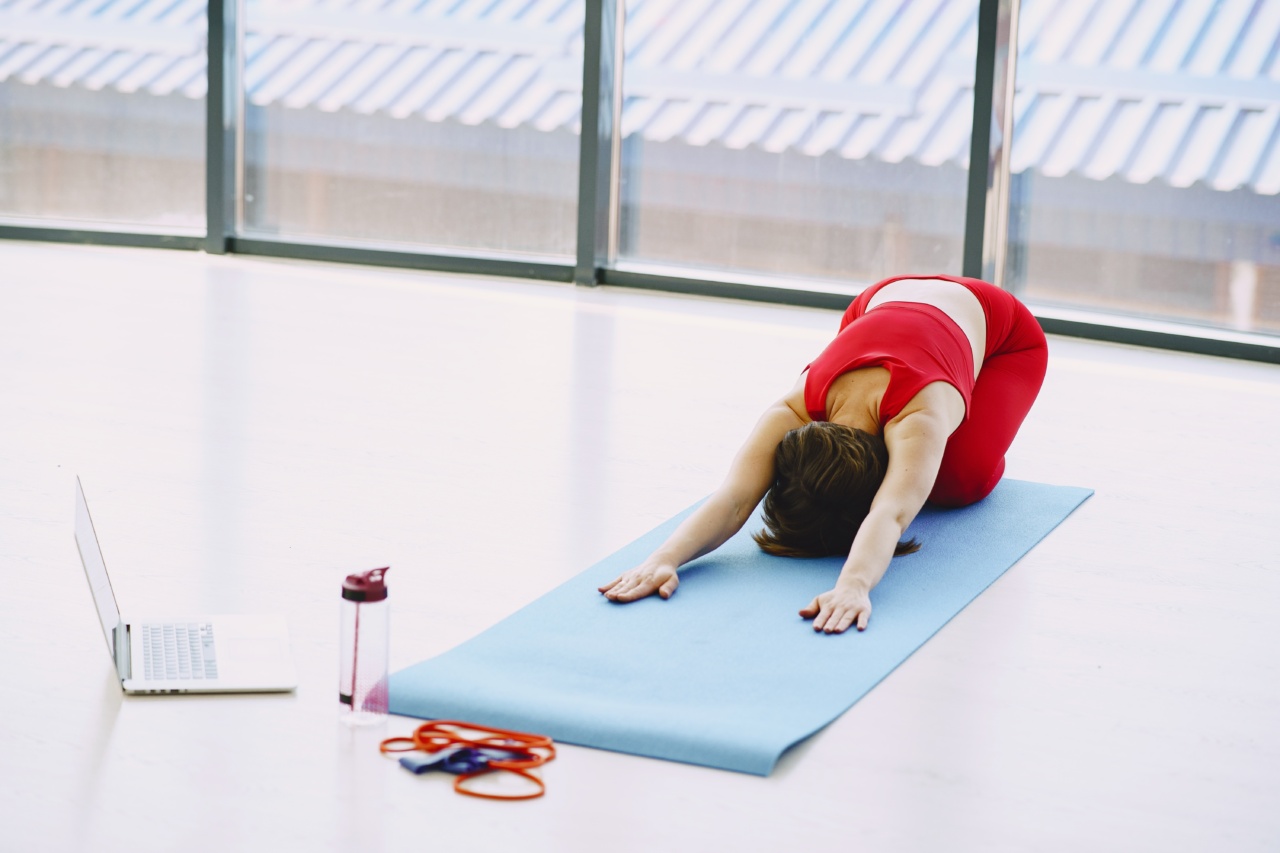Gymnastics is a popular sport that requires a significant level of flexibility, strength, balance, and coordination. Its rigorous demands on the human body make it a challenging sport to master, but its benefits are worth the effort.
However, some individuals may struggle to perform certain gymnastic movements due to physical, psychological, or other reasons. This article investigates the reasons behind gymnastic resistance in certain individuals.
Physical Reasons
Physical reasons include limitations related to body structure such as height, weight, and size. Some individuals may find it difficult to perform certain gymnastic movements based on their body type.
For example, taller individuals may struggle with balance-based movements such as the beam or uneven bars. While some movements may require a specific body type, many gymnastic movements can be performed by individuals regardless of their body structure.
Additionally, physical limitations like joint injuries or disorders can affect an individual’s ability to perform gymnastics. Specific movements like back tucks, front tucks, and aerials may be difficult for people with joint restrictions or mobility issues.
Psychological Reasons
Psychological reasons can also contribute to gymnastic resistance. Gymnastics requires a significant level of mental strength, confidence, and focus.
Mental blocks, performance anxiety, or fear of injury can significantly impact an individual’s ability to perform certain movements. Fear of falling or failure can also hinder an individual’s willingness to attempt certain gymnastic movements, leading to resistance.
Coaches and trainers can help individuals overcome psychological barriers by providing support and encouragement, as well as implementing mental training techniques such as visualization and positive reinforcement.
Training Reasons
Training reasons include factors related to an individual’s training program which can affect their ability to perform certain movements.
Poor training techniques, inadequate conditioning, or insufficient rest can negatively impact an individual’s performance. Additionally, improper training techniques can lead to injuries that can cause resistance to specific movements. Proper training techniques are essential for ensuring safe and successful gymnastic training.
Equipment Reasons
Equipment reasons refer to equipment-related factors that can contribute to gymnastic resistance. Low-quality equipment can cause injuries, while poorly maintained equipment can lead to failures or accidents.
Some equipment may also be unsuitable for individuals based on their body type and level of experience. Coaches and trainers must ensure that their athletes are using appropriate equipment that is well-maintained and suitable for their skill level.
Health Reasons
Health reasons include underlying medical conditions that can affect an individual’s ability to perform gymnastics. Asthma, anemia, and heart conditions can cause fatigue and shortness of breath, which can negatively impact performance.
Mental health conditions like depression and anxiety can also contribute to gymnastic resistance. Individuals with health conditions should seek medical advice to ensure that they can safely participate in gymnastics and receive the appropriate modifications and accommodations if necessary.
Cultural Reasons
Cultural reasons refer to factors such as social norms, gender roles, and upbringing that can contribute to gymnastic resistance.
Some individuals may feel pressure to conform to certain gender-specific expectations related to masculinity or femininity that make it difficult for them to participate in gymnastics. Additionally, cultural norms and beliefs related to body image, beauty, and physical appearance can impact an individual’s willingness to perform gymnastics.
Coaches and trainers must work to create inclusive and supportive environments that value diversity in all its forms.
Environmental Reasons
Environmental reasons include factors such as climate, location, and access to facilities that can impact an individual’s ability to engage in gymnastics.
Individuals living in areas with extreme temperatures may find it difficult to perform certain gymnastic movements due to the effects of heat or cold. Additionally, individuals living in areas with limited access to gymnastics facilities may struggle to find opportunities to practice and improve their skills.
Social Reasons
Social reasons refer to factors such as social support, attitudes, and relationships that can impact an individual’s ability to perform gymnastics.
Individuals with a strong social support system that encourages their participation in gymnastics may find it easier to overcome resistance. However, negative attitudes and beliefs related to gymnastics or physical activity can hinder an individual’s willingness to participate.
Additionally, relationships with coaches, trainers, and teammates can significantly impact an individual’s motivation, engagement, and confidence in performing gymnastics.
Conclusion
Gymnastic resistance can be caused by a variety of reasons, including physical, psychological, training, equipment, health, cultural, environmental, and social factors.
Understanding the reasons behind gymnastic resistance is essential for creating effective training programs that address the unique needs and challenges of individuals. Coaches and trainers must work to establish safe and supportive environments that value diversity and promote inclusivity in gymnastics training.































